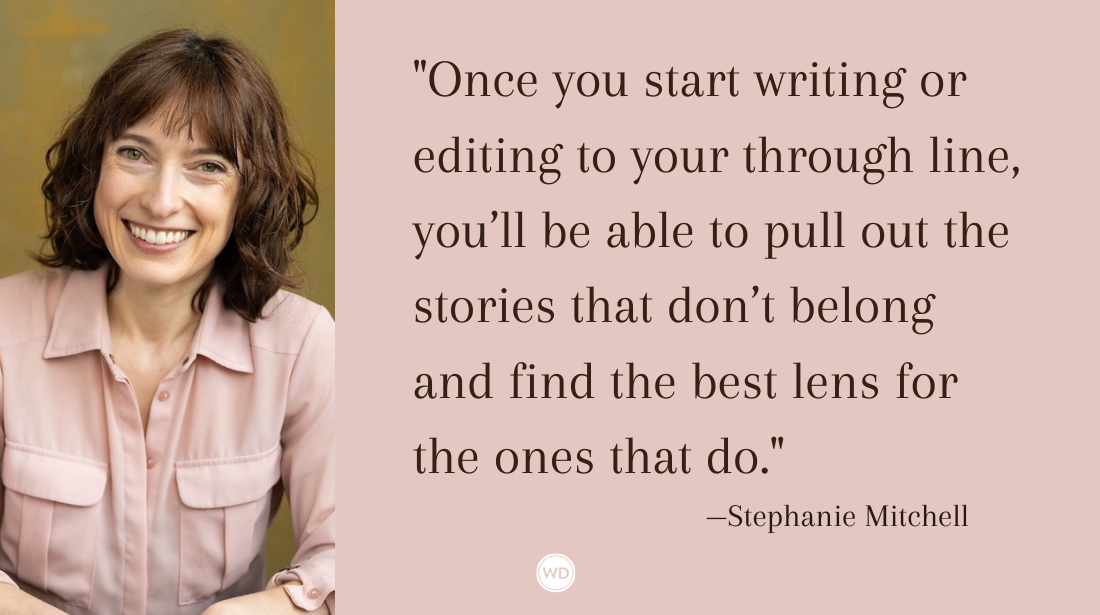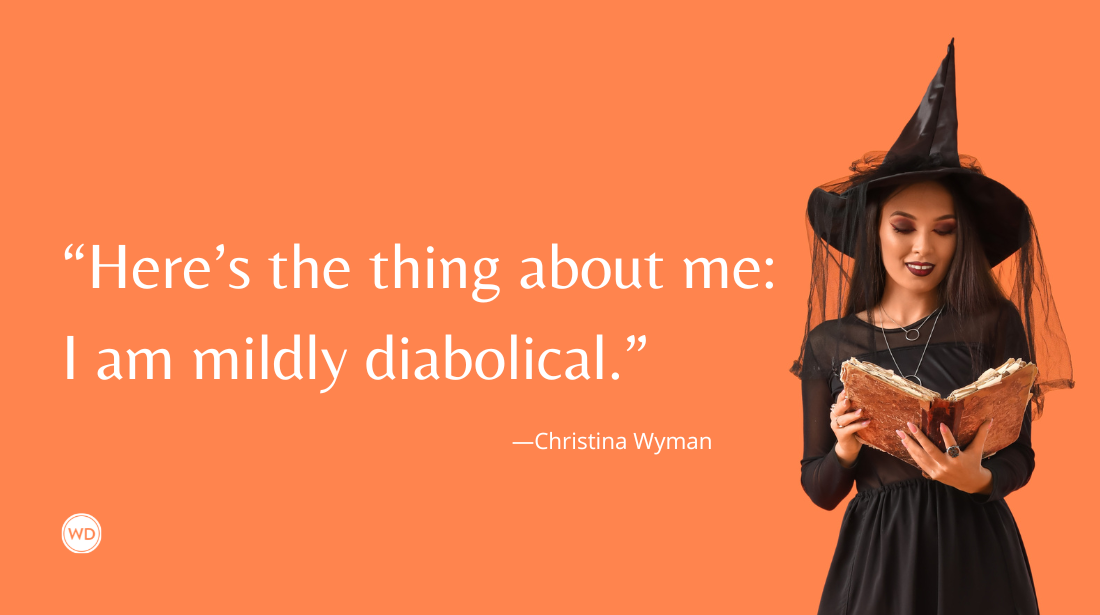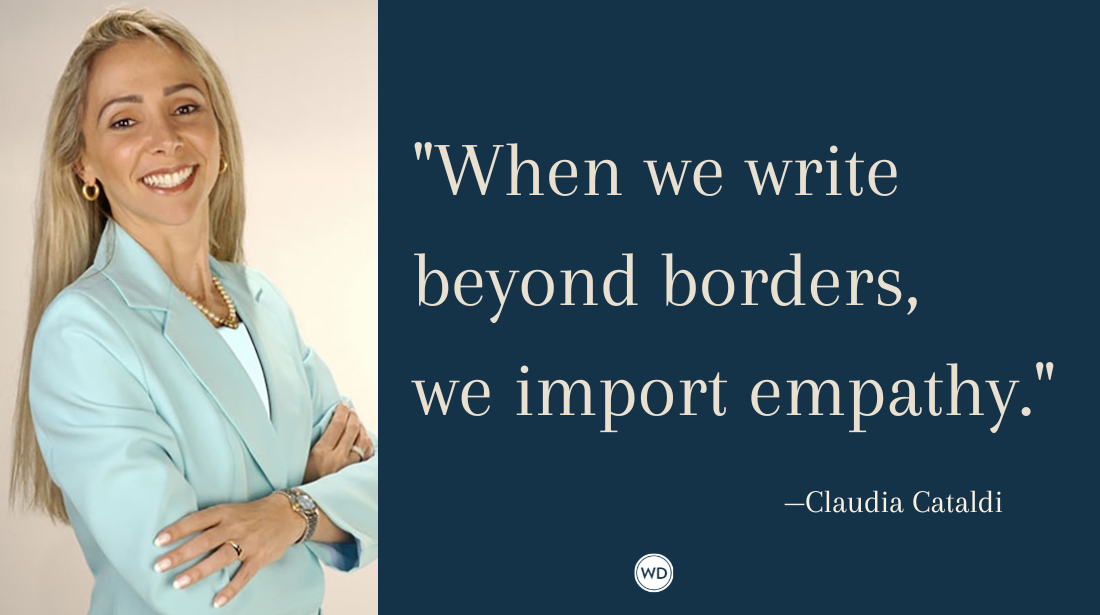What Is ‘Soft News’ in Journalism? Why Are These Stories Important?
Journalist Alison Hill explains what soft news is in journalism and shares seven reasons why soft news is important.
Growing up in the UK, I fondly recall the feel-good, “And finally…” stories reported at the end of the nightly news. They never missed the birth of a panda!
In broadcast journalism these stories are called a ‘kicker’ and are designed to counterbalance (or soften) the inevitable negativity and harshness of hard news pieces that make up most newscasts. They can be about anything positive, from cute animals (baby pandas) to an unusual lottery winning story.
Many local news stations still use variations of this format, and national newsrooms often dedicate specific segments to uplifting stories. Regional and local newspapers are renowned for their ‘local kid does good’ features. Magazines, especially women’s and lifestyle publications, were built on these types of stories. And of course, in the digital age, we can now find soft news on countless websites.
‘Soft news’ refers to lighthearted human interest and inspirational stories, including lifestyle, entertainment, and fashion. Sports journalism and many features also fall into this category, as do listicles, service pieces, and how-to articles. It can also include less positive stories, such as celebrity scandals and general sensationalist ‘tabloid’ fodder. These stories appeal to our emotions, curiosity, and a desire to learn. In journalistic circles they’re often referred to as fluff pieces.
Hard news is urgent and immediate, with reporters informing the public about important and serious current and ongoing events. Soft news is evergreen, the tone is lighter, and stories can entertain and inform, (although some would argue hard news has also become a form of entertainment).
While hard news is obviously important and needed, the constant barrage of bad news is becoming problematic, especially since it can pop up uninvited on social media sites and during online searches, in addition to the existing 24/7 news cycle.
Social media algorithms amplify negative and emotive stories to ensure engagement and this overexposure is having a detrimental effect on mental health, according to the American Psychological Association, leading to “media saturation overload.” Being subjected to a constant stream of negative news stories can’t be good for anyone’s health, but it’s especially harmful to young people. It can lead to stress, anxiety, and depression.
Soft news items not only counterbalance hard news, but in my opinion, they enhance and add to the ‘hard’ reporting, offering value and relevance. For example, while covering Hurricane Helene I researched the extent of storm damage, the death toll, and how flooding decimated entire communities. But among all the bad news were stories on the good work being done by ordinary people. My favorite story was about the Mountain Mule Packers; a team of mules that helped deliver disaster relief to stranded flood victims in North Carolina’s remote mountain communities. This is a heartwarming story, offering hope and joy amidst heartache and pain. It was also informative and useful if you knew of people who needed help at the time. Read the story here.
Some journalists thrive on the excitement and challenge of covering hard news exclusively. Although I like tackling topical issues and enjoy the immediacy of occasionally covering news, I’ve always preferred feature writing and investigative journalism. The best parts of the journalistic process are in-depth research and engaging with people—hearing about incredible personal stories, exploring different angles, and digging deeper into the heart of an issue. I’m not just referring to formal interviews here but just talking to people on their home turf and listening to what they have to say.
There are many layers and angles to each story. Hard news skims the surface and the reporter’s job is getting out facts quickly and efficiently, the who, what, where, and when. Again, a very important job. Features take a little more time and a lot more patience, and they can also tackle some of the ‘whys’ of a story. ‘Fluff’ pieces like listicles can offer quick, useful information about all kinds of things, like the best places to eat pizza in Nashville or the safest car for teen drivers. This ‘soft’ information is just as important and, in some instances, more relevant to people’s everyday lives.
7 Reasons Why "Soft News" Is Important
Here are a few more reasons why soft news is important:
- We could argue that soft news is a lot more fun, especially when covering lighter topics. You can write about anything—Bigfoot, haunted cities in America, Mid Century Modern furniture, architecture, art history, you name it.
- While the content of women’s magazines is primarily seen as soft (or fluff pieces), they do tackle politics and social issues but approach it differently. They humanize the stories, taking a deeper dive into the personalities involved, rather than giving a general, but detached overview. They also provide important information and advice on health issues, finances, parenting, and relationships.
- Stories focusing on ‘soft’ topics can offer valuable and practical information and advice. It could be a feature on an artist, therapeutic horse riding, how knitting can help anxiety, and how to beat the winter blues. The topics are endless.
- Soft news is evergreen; these stories have a long shelf life and can be enjoyed for years. Hard news is immediate but quickly forgotten, becoming outdated or ‘yesterday’s news.’
- Writers can tackle interesting stories and meet/interview fascinating people. Researching and writing soft stories is just as educational for the journalist as it is for the audience.
- Feel-good and inspirational stories really do make us feel better, by boosting mood, reducing stress levels, and inspiring hope.
- People are starting to seek more positive, solutions based and constructive journalism. They want to know that there’s a possible solution to all the problems being highlighted. What is being done? Who’s offering help? How are they implementing changes?
Well-written and thoughtful soft news stories are important, because we need to feel hopeful, inspired, and reassured that people still care about each other. We are social creatures and naturally curious. If we must be bombarded with divisive, bad news all day, every day, then we also need access to positive, feel-good stories as an antidote. Otherwise, the public might just switch off altogether and go fully off-grid in protest.
And finally, soft pieces are predominantly nonpartisan, attract a broader audience, and many of the topics are universally appealing and relevant, bridging social, racial, and political divides. They foster community spirit and wellbeing. What’s not to love.
So, go forth and write some fluff pieces for goodness’ sake!
Alison Hill is a freelance writer, journalist, and Emmy-nominated producer who writes for print and online publications. Since 2001, Alison has been a regular guest commentator on BBC radio news shows discussing US politics and current events. Before going solo, she was a PBS producer and director and also worked as an investigative journalist for a Welsh TV series. From hosting TV shows and creating online content to going undercover with a hidden camera, she’s done it all. Alison grew up in a tiny village in Wales and speaks fluent Welsh. She’s an avid hiker, who also loves camping, kayaking, and reading. She now lives in South Carolina with her husband, 8-year-old daughter, and two rescue cats.









